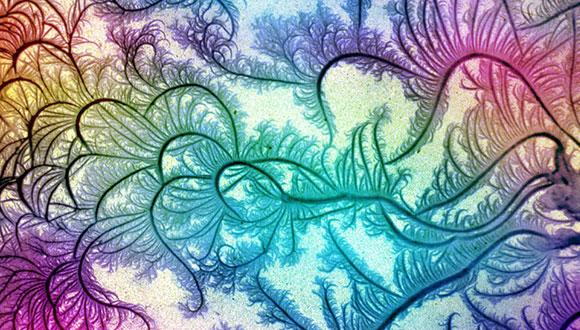Special Condensed Matter Seminar: Topological Superconductivity with Magnetic Atoms
Prof. Leonid Glazman, Yale University
Abstract:
Chains of magnetic impurities embedded in a conventional s-wave superconductor may induce the formation of a topologically non-trivial superconducting phase. If such a phase is formed along a chain, then its ends carry Majorana fermions. We investigate this possibility theoretically by developing a tight-binding Bogoliubov-de Gennes description, starting from the Shiba bound states induced by the individual magnetic impurities. While the resulting Hamiltonian has similarities with the Kitaev model for one-dimensional spinless p-wave superconductors, there are also important differences, most notably the long-range (power-law) nature of hopping and pairing as well as the complex hopping amplitudes. We develop an analytical theory, complemented by numerical approaches, which accounts for the electron long-range pairing and hopping along the chain [1] (these are processes facilitated by the host superconductor), inhomogeneous magnetic order in the chain of embedded impurities or spin-orbit coupling in the host superconductor, and the direct electron hopping between the impurity atoms [2]. The theory allows us to elucidate the domain of parameters favoring the formation of a topological phase and to find the spatial structure [2,3] of Majorana states appearing in that phase.
This talk is based on joint work with F. von Oppen, Falko Pientka, and Yang Peng.
[1] Falko Pientka, Leonid I. Glazman, and Felix von Oppen, Phys. Rev. B 88, 155420 (2013).
[2] Yang Peng, Falko Pientka, Leonid I. Glazman, and Felix von Oppen, Phys. Rev. Lett. 114, 106801 (2015).
[3] Falko Pientka, Leonid I. Glazman, and Felix von Oppen, Phys. Rev. B 89, 180505(R) (2014).


